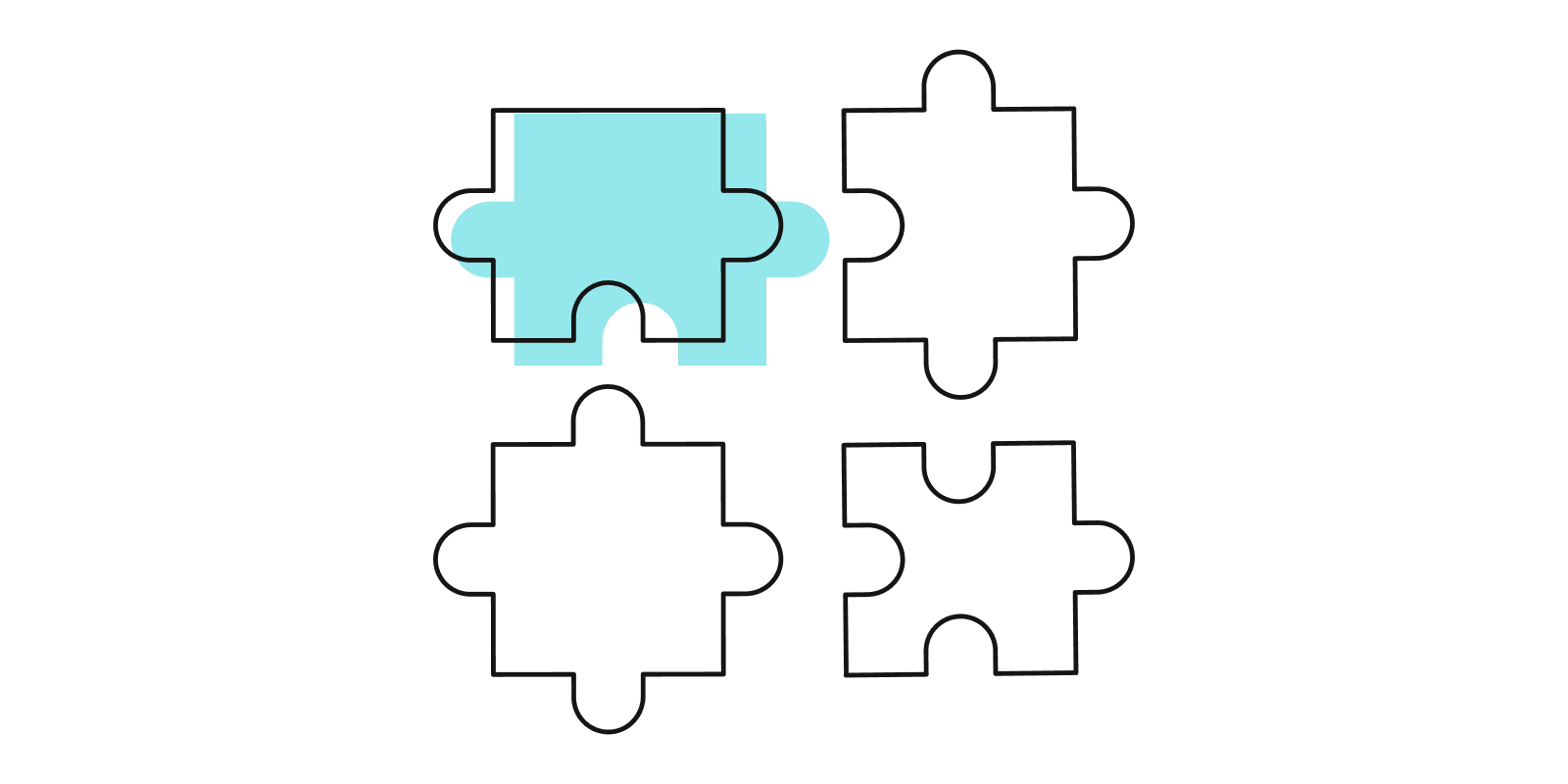Closing the communication gap between parents and teachers with transparent data

You’ve most likely experienced a scenario where a students’ math assessment results did not reflect their math grade. In a traditional parent-teacher conference, the bulk of the meeting would involve the teacher outlining that contradiction, and more often than not, the parents are seeing the assessment results for the first time. This leaves the parent and teacher with limited time to explore why the child is facing difficulties and how to work together to help the student improve.
Emerging technology can help make those parent-teacher conferences more impactful by communicating critical information to the parent in advance. That time can now be spent focusing on holistically supporting the child.
“That’s among the goals of software that blends effective communication with K-12 assessment platforms,” explains Michael Fee, Vice President of Business Development for Spotlight Reporting at Pearson. “Technology can activate a school’s hidden superpower — an engaged family armed withpersonalized insights about their child.”
Personalization at scale
Spotlight’s Video Reporting TechnologyTM was designed to bridge three resources in K-12 school buildings: teachers’ commitment to communicating with family, parents’ desire to be more engaged in their child’s learning, and the wealth of data bottled up in assessment systems.
“We saw this problem in education where we don’t communicate data in a way that a lot of people can use,” Fee continues. “Teachers have been using their own initiative and effort, but it wasn’t easy to give personalized and holistic pictures of where a student stands.”
Spotlight, founded in 2012 by Fee and his colleagues and acquired by Pearson in 2021, converts assessment data into personalized, easy-to-understand videos, infographics, and written reports for families and caregivers in over 30 languages. For example, the state of California has begun to communicate test results through Spotlight’s mobile video reporting in a host of languages, including Vietnamese and Tagalog.
This customized communication also highlights resources and activities most beneficial for each student’s needs. “The amount of online learning resources can be overwhelming,” adds Fee. “However, Spotlight’s technology can sift through those resources and prioritize the recommendations based on a student’s specific data.”
In theory, teachers could build individual reports for each student, but the process would be arduous and time consuming, taking valuable time away from instruction. “Instead,” Fee shares, “software can ingest data from a variety of sources and identify areas of confirmation or contradiction. It makes the same recommendations an expert would because we consult with district or state leaders on what should be prescribed. But the software does it a million times over in very short order.”
The result is more transparency for families and caregivers who are eager to engage and collaborate with their schools and support improved learning outcomes, regardless of background or the language spoken at home.
Communication that accelerates learning
In the above scenario, with a gap between test results and classroom assignments, the existing software might highlight that contradiction for the teacher or building leader. However, software like Spotlight’s can outline that contradiction for the parent, point to some preliminary resources, and suggest they meet with their student’s teacher to make sure the student is appropriately challenged by class work. The video or written report is delivered through the existing parent communication portal.
“The teachers don’t have to take any extra steps,” Fee states. “The parent simply accesses that data by clicking on a link. They’re told a story they can act on: ‘Here’s how your student is doing, here’s what you should really pay attention to, and here’s how you can support your student.’”
Internal surveys conducted by Spotlight show that families receiving this communication better understand what their child is doing in school and can more confidently speak with their child’s teacher.
Read more


